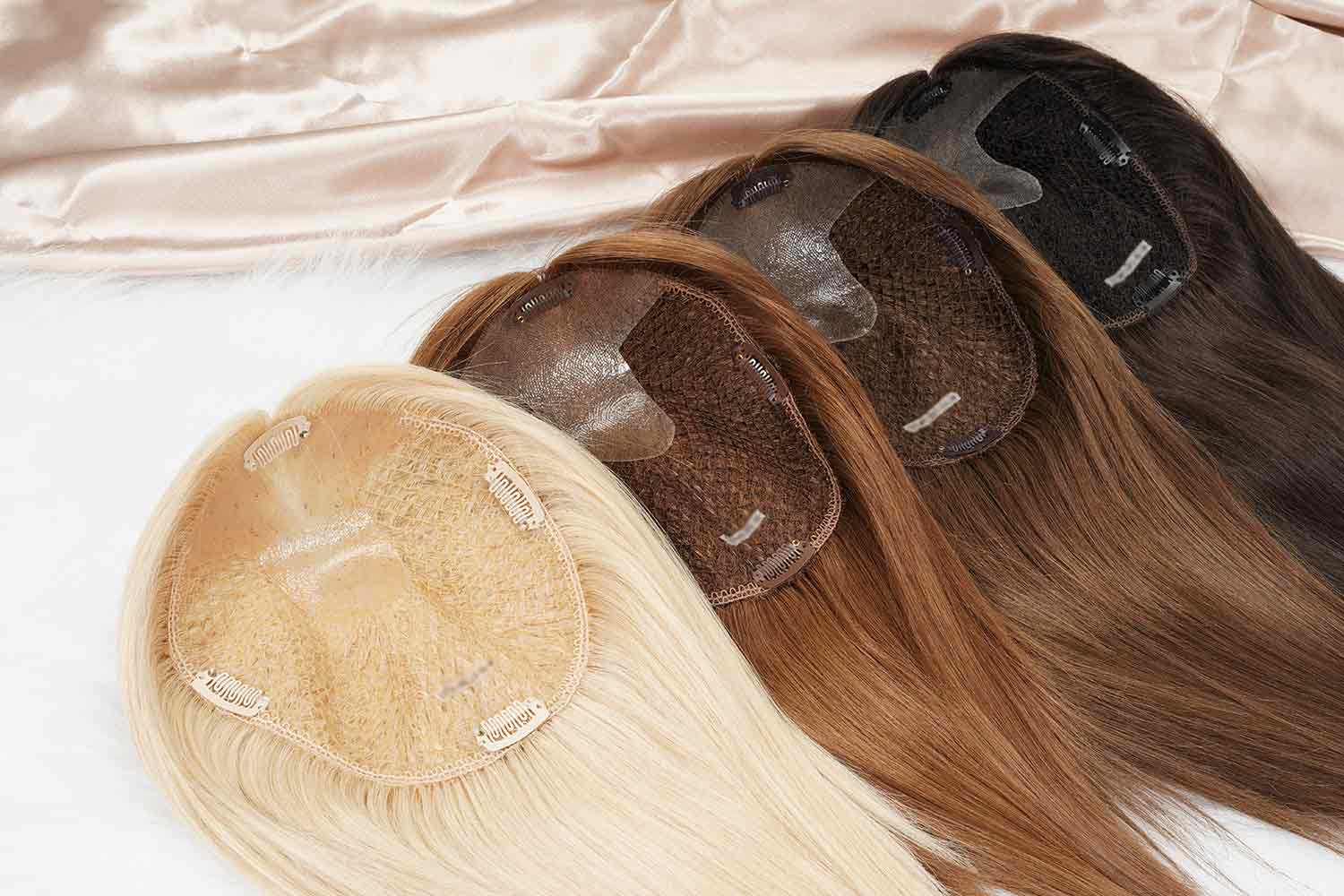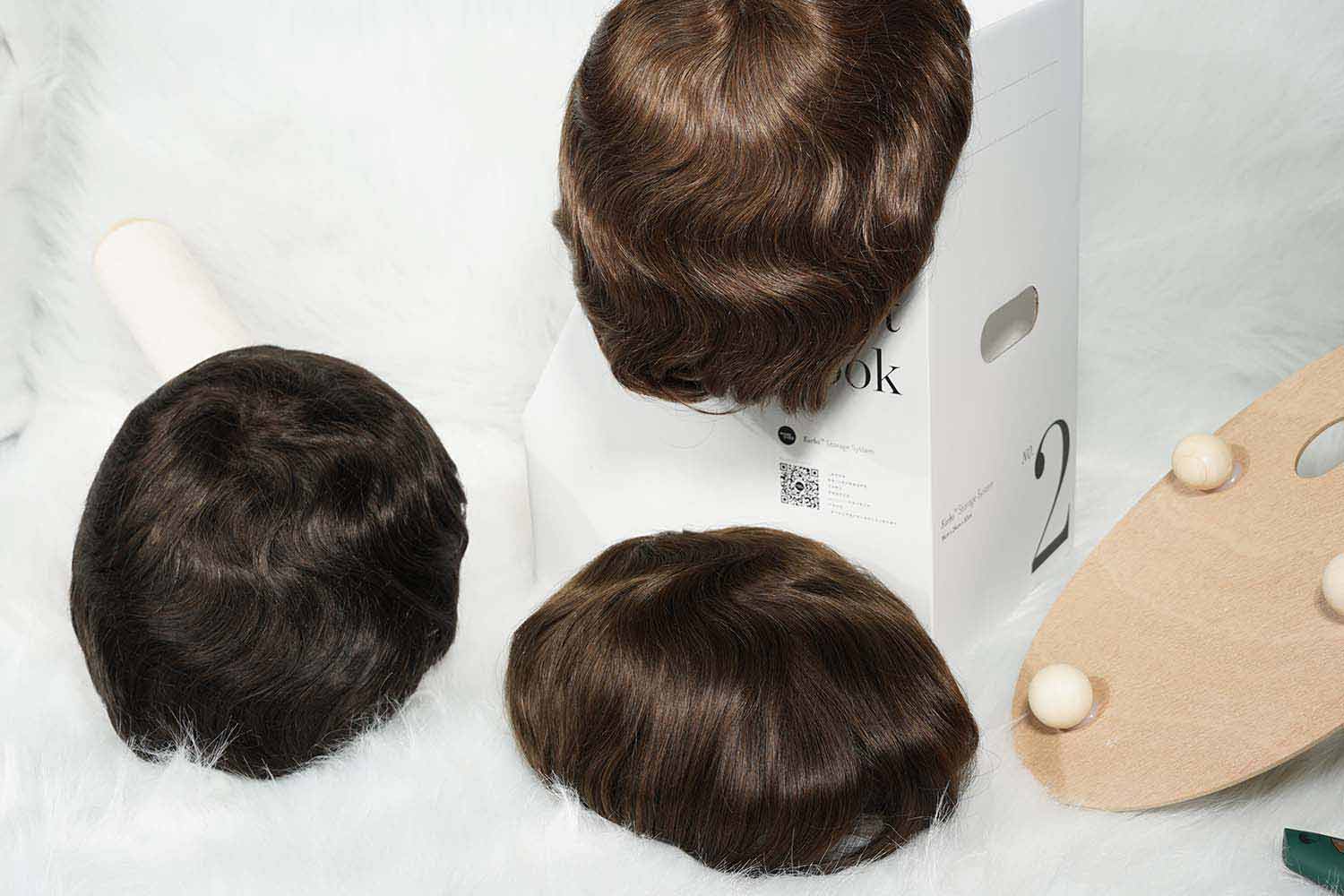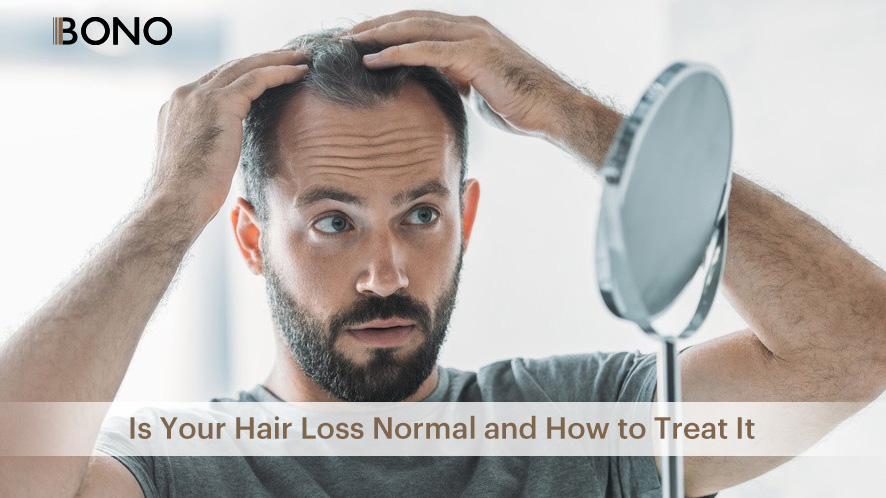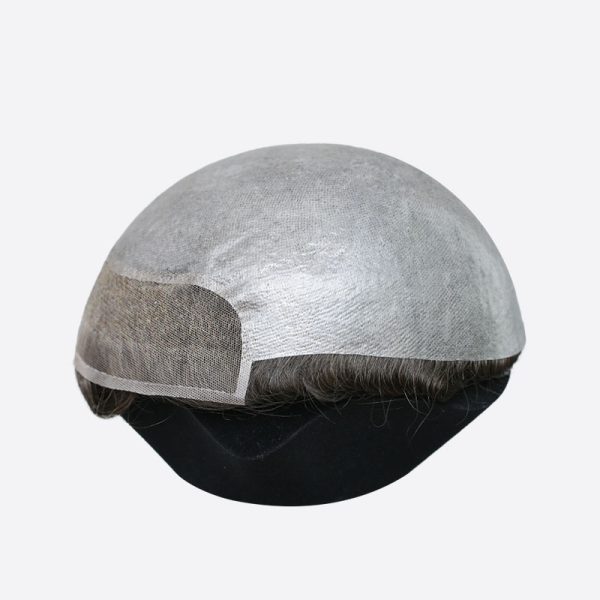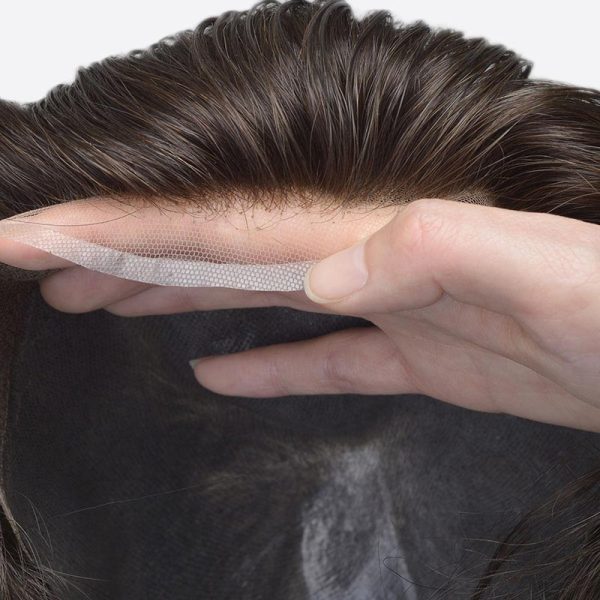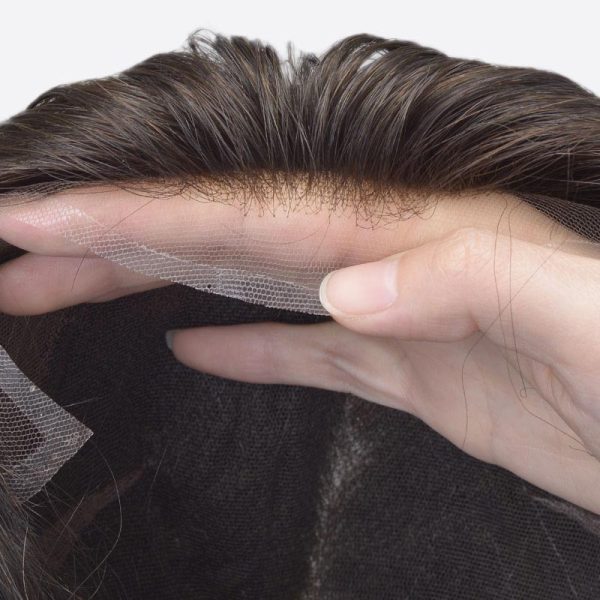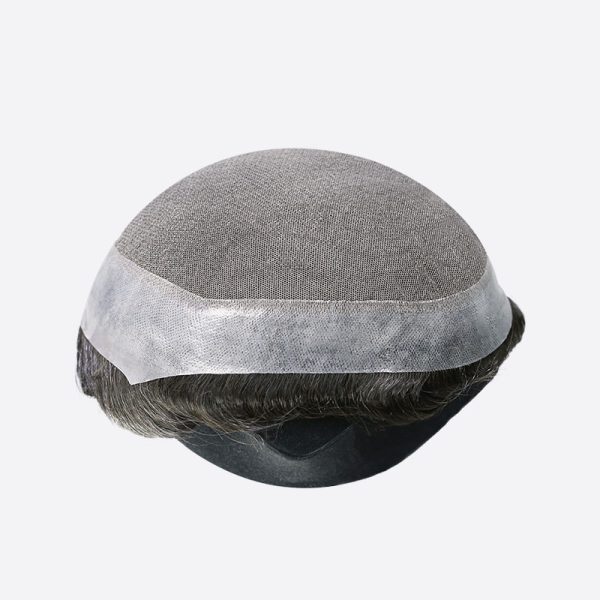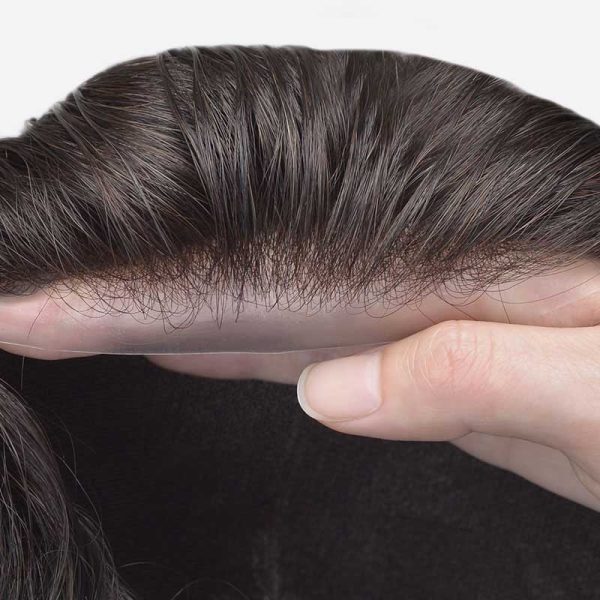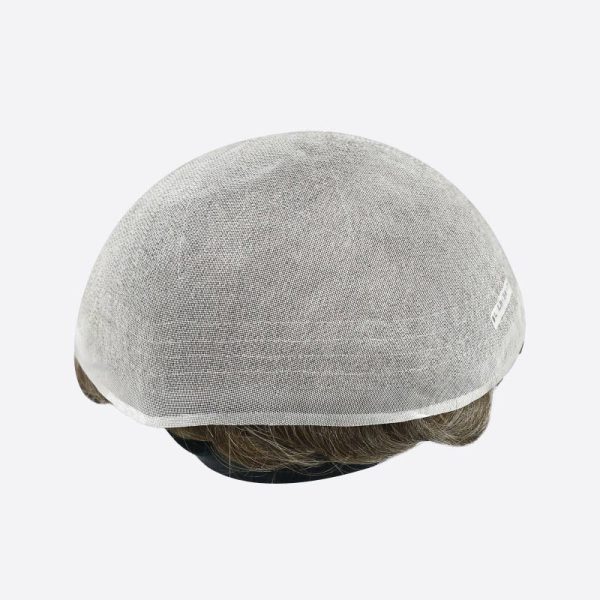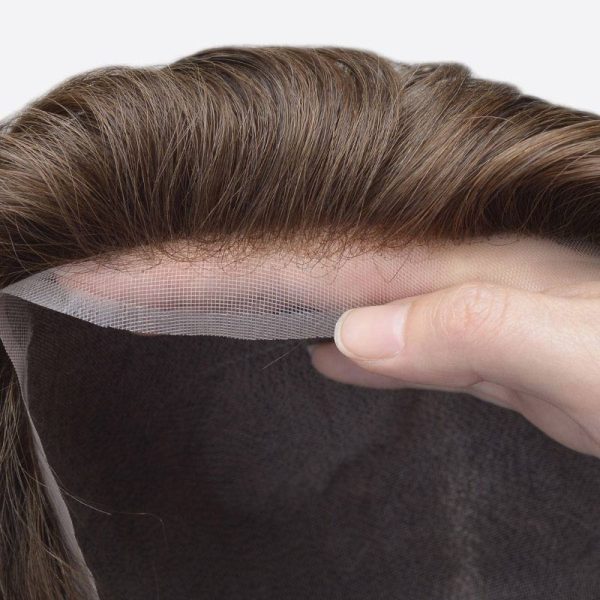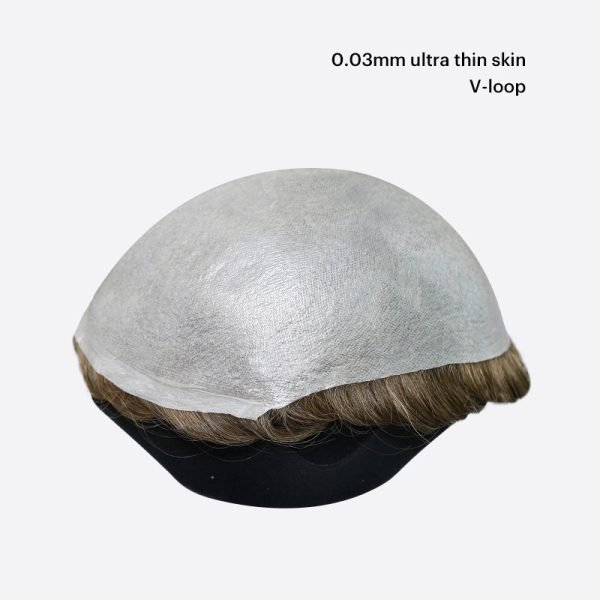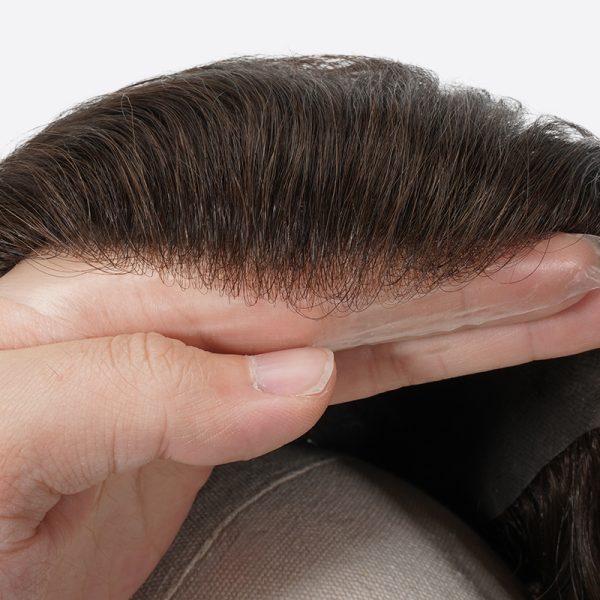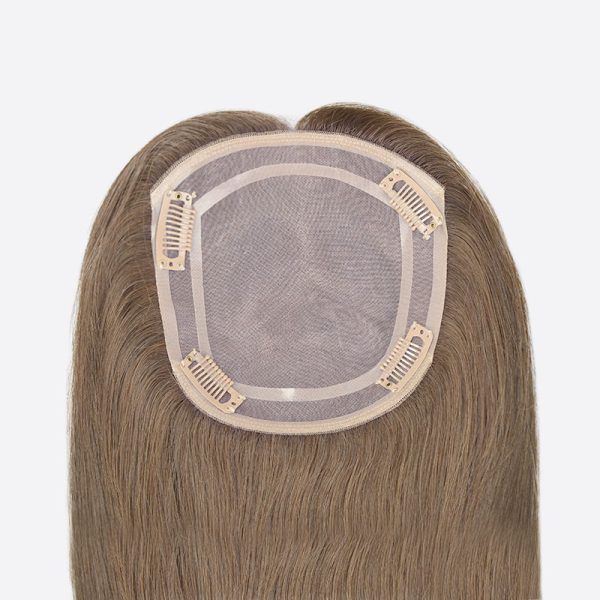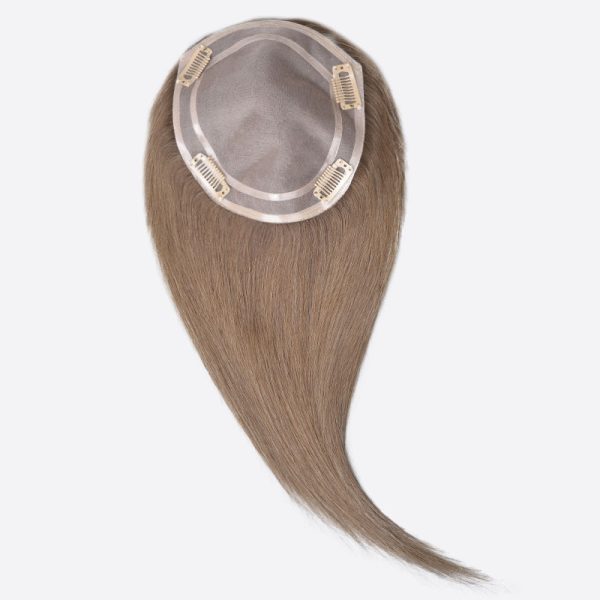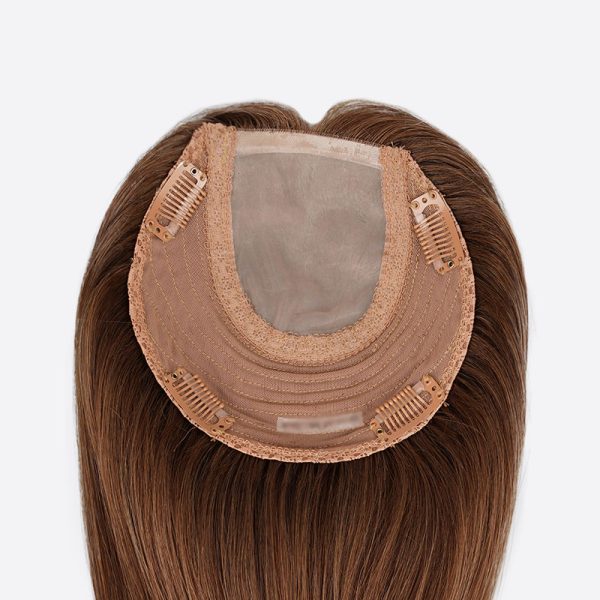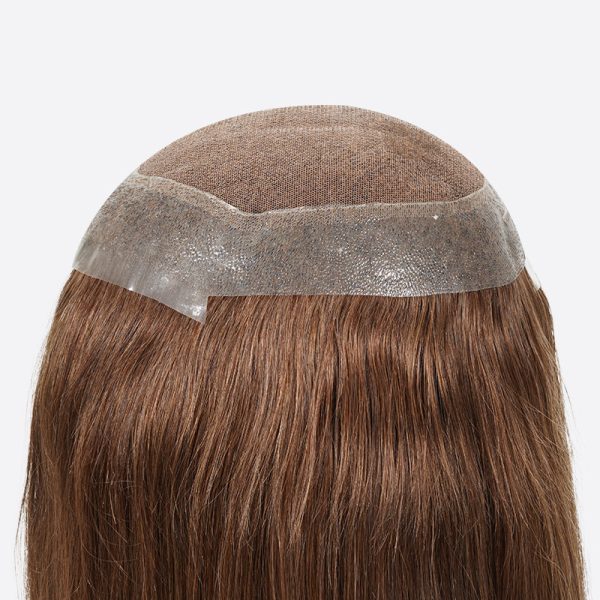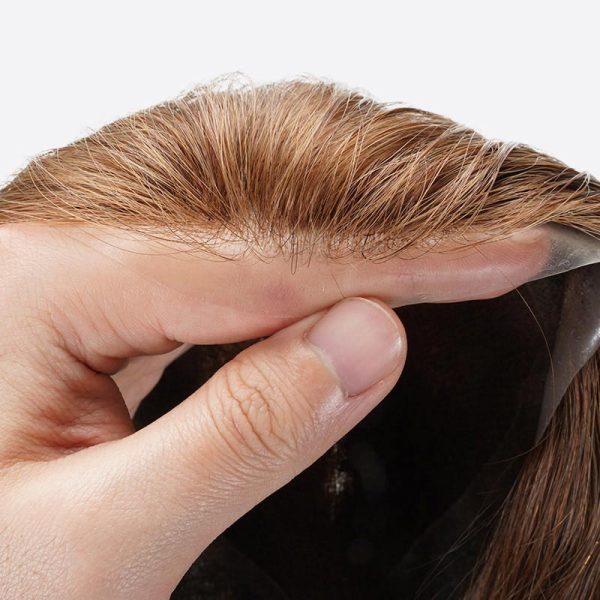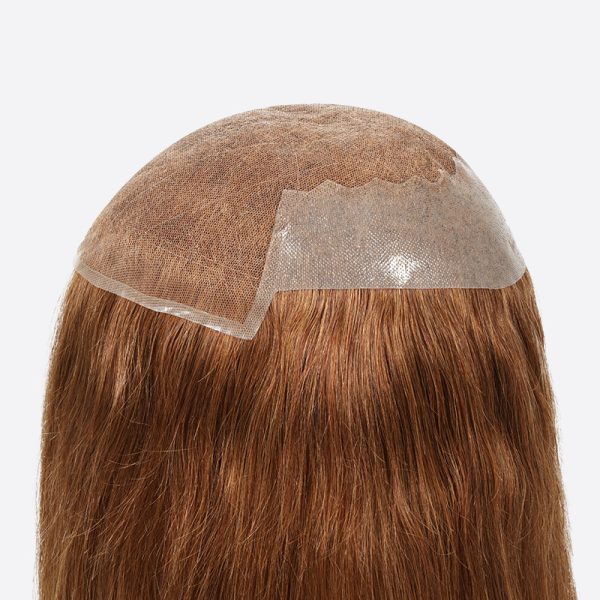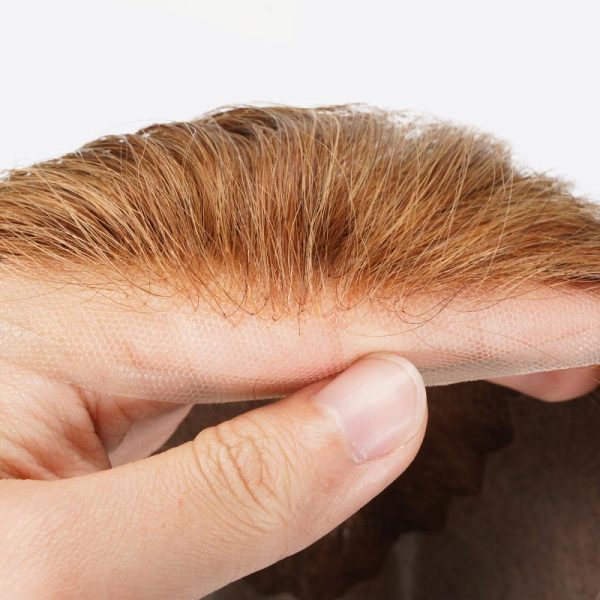Introduction
Hair loss is becoming more common than ever. Hair is a representation of one’s own self-image. We all want to look our best, especially with healthy hair. Unfortunately, hair loss causes hair thinning and balding in a lot of men. It is extremely common globally with millions of men experiencing significant amounts of hair loss starting at different stages of their lives. Men tend to lose more hair than women with 1 out of 5 men going bald. We do not think anybody enjoys the experience of hair loss. Multiple studies have linked hair loss to cause stress, social anxiety, and depression.
We experience loss of hair every day naturally. How much hair loss is normal in a day? Continuous and vast amounts of loss of hair during the day or a long period of time lead to hair loss. In order to understand how much hair loss is normally a day and how we can treat hair loss, it is crucial to comprehend how hair grows.
Our head has an average of 80,000 to 120,000 follicles all over the scalp. The follicles contain active cells which are solely responsible for the growth of hair. The health of your follicles determines whether you will experience hair loss or hair growth. Each individual hair strand on our scalp goes through 4 stages:
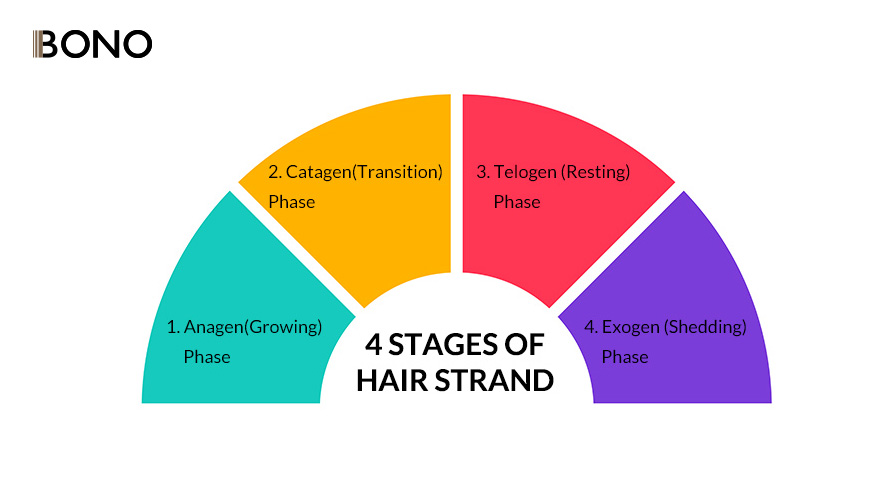
- Anagen(Growing) Phase- In this phase, 90% of the hair is at the anagen phase and the hair can grow 16 to 30 inches. This is the active phase stage that can last between 2-7 years. The active cells in the follicles are dividing rapidly, leading to the creation of new hair growth. This is basically the average half-inch of hair growth experienced every 30 days. Some people can be in the anagen phase longer than others. People who are in this stage rarely experience hair loss issues. Once hair at the anagen phase is disrupted, one will experience hair loss.
- Catagen(Transition) Phase – Hair can be at the catagen stage between 2-3 weeks. 5% of the hair follicles begin to shrink and detach from the root of the scalp.
- Telogen (Resting) Phase– Normally 10-15% of the hair is in the resting phase. This lasts around 90 days. The hair follicles are dormant and resting whilst new hair begins to grow. Any distribution to their hair at the anagen stage will move to the telogen phase.
- Exogen (Shedding) Phase– This is an extension of the telogen phase. At this stage, the hair strand is released from the hair follicles and falls out. This is what causes hair shedding, which is a natural process. As old hair sheds, new hair begins to grow. So how much hair is normal in a day? The exogen phase results in us losing an average of 50-100 strands a day. This is very natural and can be seen when detangling hair or when washing your hair.
Hair Loss
If you are shedding more than the average 50-100 strands a day, you are experiencing excessive shedding. Excessive shedding over a long and continuous period of time is hair loss which eventually leads to hair thinning and balding.
What Are Signs You Are Experiencing Excess Shedding
- Your hair keeps shedding off in large chunks gradually or suddenly. This can happen when washing the hair or when brushing the hair.
- Your overall hair density has decreased as the hair has thinned out.
- There are bald patches in different parts of your scalp.
- The hair has stopped growing and you are no longer experiencing new hair growth.
Hair loss is mainly caused by an interruption in the body’s cycle of hair production especially when the anagen phase is disrupted. There are different causes and types of hair loss that one may experience.
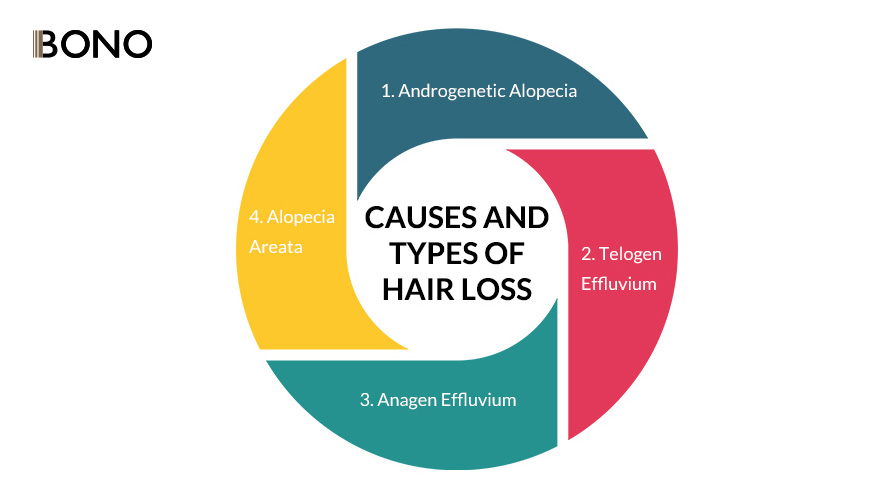
- Androgenetic Alopecia- Also known as male pattern baldness or female pattern baldness. It is the most common type of hair loss affecting over 100 million men and women globally. It is hereditary and can begin at any age, gradually progressing throughout. Hair loss begins at the temple and continues around the perimeters to the top of the head. Over time some people lose all their hair and go bald.
- Telogen Effluvium- This is caused when the majority of your follicles in the anagen phase are disrupted and go into the telogen phase. With the follicles skipping the next expected growth phase, hair falls out. One can lose up to 240 to 500 strands a day! One might not go fully bald but hair thinning is noticeable. It can be caused by:
-
- Medical conditions such as scalp cancer, thyroid disease, or psoriasis will cause the hair to fall off.
- Aging – hair follicles stop growing.
- Scalp infection or scalp damage.
- Medications such as isotretinoin or blood thinners.
- Vitamin deficiency such as iron, zinc, or B12.
3. Anagen Effluvium- One experiences rapid hair loss caused by medical treatment that involves radiation or chemotherapy. This treatment kills poisonous cells but at the same time may shut down hair follicles in the body. One experiences abnormal structural shedding and can lose up to 90% of their hair. Hair eventually grows back after treatment.
4. Alopecia Areata- This is an autoimmune condition that means the body’s healthy tissues such as the follicles are attacked by the body’s immune system. Hair loss can begin abruptly with no warning. It can be caused by genetics or hormonal imbalance that is overproduction of the hormone dihydrotestosterone (DHT), which is notorious for weakening the follicles and causing hair loss. Alopecia areata type hair loss can also happen when the body goes through stress or shock.
Other causes of hair loss include:
- Being rough with the hair when styling or washing it.
- Neglecting the hair and not taking care of it.
- Skin diseases and infections such as tinea capitis also known as ringworms, a damaged scalp, or acne on the scalp.
- Pulling your hair out can cause the follicles and cause bald spots.
How to Treat Hair Loss
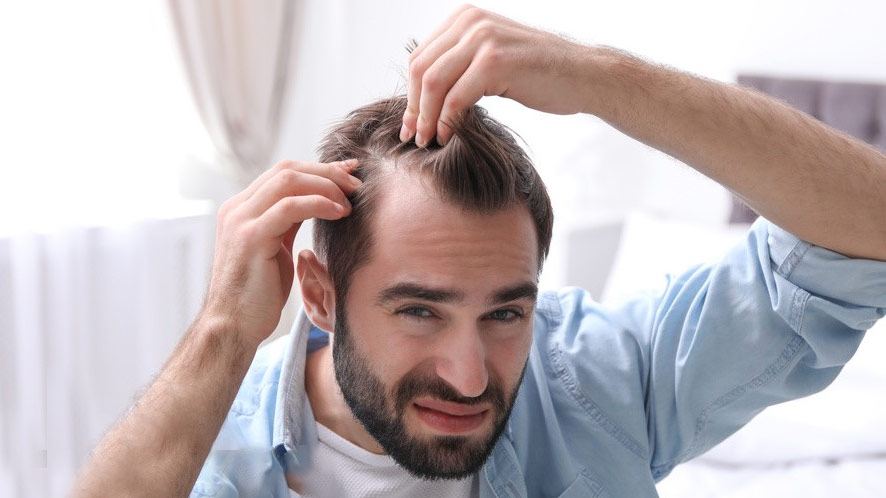
It is important to try to treat hair loss as early as possible before the damage is worse or irreversible. For some, treating hair loss can be very easy and take weeks to recover. As for others, it can include intense treatments that may take months before any significant improvement.
- If you are experiencing hair loss and are worried, see a trichologist.
- See a dermatologist if you have a scalp condition that may be causing hair loss.
- Be more gentle with your hair when washing or styling.
- Avoid chemicals such as color or relaxers that may be the culprit of the excess hair shedding.
- Take care of your scalp.
-
- Cleanse the scalp to avoid clogging of the follicles and get rid of dirt, dead skin cells, or bacteria that may cause itchiness and decrease the production of sebum.
- Avoid harsh products that may burn, inflame, or irritate the scalp.
- Incorporate scalp massages that will encourage blood circulation which is essential for the distribution of nutrients to the hair follicles for healthy hair growth.
6. Eat a well-balanced diet that contains a lot of vegetables and proteins that will help increase your iron, zinc, and B12.
7. Go for tension-free hairstyles.
8. Reduce the number of times you manipulate or touch the hair.
9. Wigs- are non-surgical hair replacement systems that cover the entire head. They are great for treating hair loss as one can give the scalp time to rejuvenate and heal under the wig as it also conceals bald spots and thinning hair.
10. Surgical replacement systems- Also known as hair transplants. It is a surgical procedure that treats baldness permanently. Healthy hair follicles are harvested on the donor’s head and transplanted to the areas where hair is no longer growing. Hair transplant aims to restore hair to the areas of the scalp with scarce or absent hair, or dormant follicles.
11. Non-surgical hair restoration treatments – These are non-invasive treatments used to treat hair loss, treat the cause of hair loss and encourage new hair growth .
-
- Platelet rich plasma (PRP) therapy – PRP restores hair by stimulating hair follicles actively into the anagen phase platelet rich plasma extracted from your own blood is injected into areas experiencing hair loss.. reduces hair shedding and thickens the hair
- Medication– is a very common and affordable air loss treatment. It can be in the form of a pill or a topical agent applied. Can be a prescribed drug or an over-the-counter medication. The most common medications are minoxidil and finasteride. Both work to increase blood flow and inhibit the overproduction of dihydrotestosterone (DHT) which stops new hair growth.
- Low-level laser therapy(LLLT)– Also known as red light therapy or cold laser therapy, is administered in low dosages to activate dormant follicles, improve active cells, and strengthen hair follicles.
- Scalp micro pigmentation – Small dots tattooed to create the illusion of thicker hair.
Conclusion
Take time to monitor your hair when it falls. It takes 2 to 3 months to identify whether you are experiencing hair shedding or hair loss. Remember you want to treat hair loss as early as possible for the best results.










